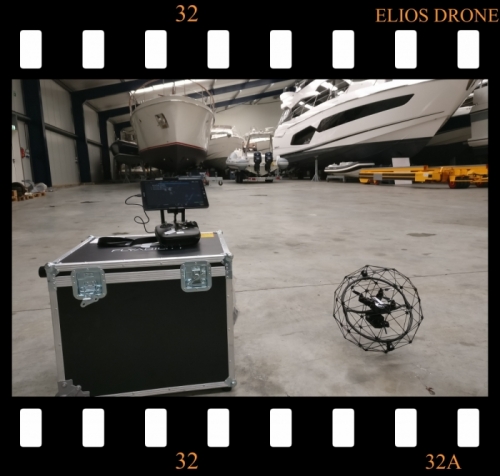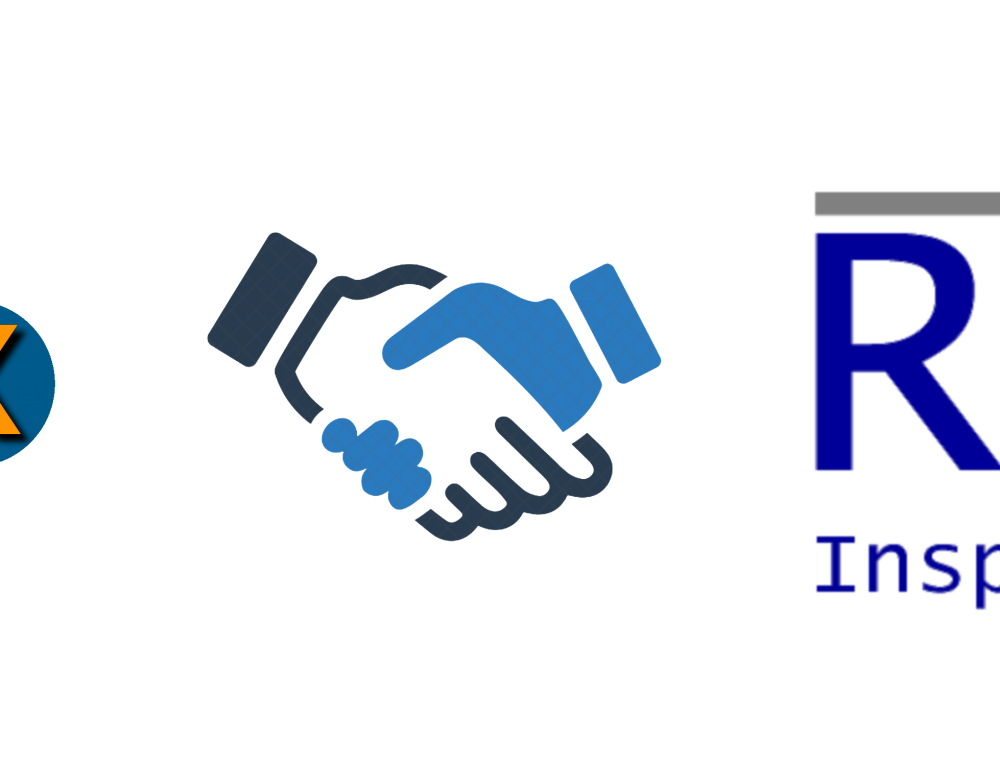Drones are quickly becoming the norm for all kinds of remotely controlled tasks. While outdoor drones are making the headlines, not much is heard about its indoor counterpart. Why is that?
The reason is simple – GPS controlled flight and geospatial data generation has been a huge drawcard for the development of drone technology. Indoors we can’t rely on satellite signals so we need a different approach.
PowerFox focuses on indoor drone services to provide similar benefits as their outdoor counterparts do, with less of the public airspace regulatory complexities. Still confused?

Here are some Frequently Asked Questions and Answers to help appreciate this less well-known but nevertheless very useful application.
CAMERA
What quality images does the drone provide?
The optical camera which records continuously is Full HD with a resolution of 1920×1080 pixels at 30 fps and can be controlled either automatically with EV correction, or manually. The Infra Red camera has a resolution of 160×120 pixels at 9 fps and records footage on board.
Can the camera zoom in?
The camera does not need a zoom function as the drone is able to sit against the object of interest and captures details as small as 0.2mm. It has good low light performance, and video is recorded on board and streamed back to the pilot.
Can the camera look up and down?
Yes, the camera can tilt up by 90° and down by 45°. Its total vertical field of view including tilt is 235°.
Is the lighting for the camera adjustable?
The optical camera has an adaptive light beam which is controlled by the camera pitch. Five high-efficiency LEDs provide ample light for navigation, in front, above or below the drone.
What can you do with the infra-red camera?
The IR camera does the same as a hand-held device and can be used in missions to look for insulation defects, poor electrical connections or other thermal gradients.
Can I see what the drone camera is recording?
Yes, the camera streams a live video signal back to the pilot’s tablet. As a client you can view this with the pilot to take advantage of the opportunity to optimise the inspection in-flight by zooming in on unexpected details, or skimming over areas of less interest.
DRONE
What size is the drone?
The drone has an external protective cage which requires a 40cm diameter door or hatch to access the indoor or confined space. In principle, any space that can provide a flight path wider than this can be inspected with the drone.
Is the protective cage obscuring the camera?
No. As the drone moves past the point of interest, its continuously recording camera captures every detail needed.
How much does the drone weigh?
The drone only weighs around 800g including batteries. With its protective cage, this makes the drone safe to fly around sensitive targets and even around people.
How long can the drone fly for?
One battery provides enough power for up to 10 minutes of flight. As the batteries can be re-charged on site and exchanged easily, flight time is not a restriction.
Can the drone fly in metal constructions?
Yes. In fact, metal enhances the communications link.
Does the drone need direct line of sight for optimum communication?
Direct line of sight would be required to operate the drone at its maximum outdoor range of 5km. The range generally decreases with more obstacles between the drone and the pilot however, metal constructions can reflect and enhance communication signals. In the most complex of beyond line of sight operations extender antenna will be used.
Do you need support lighting to fly the drone?
Generally not as the drone has high efficiency LEDs for navigation.
What is the maximum temperature the drone can operate in?
The drone’s operating temperature is limited by its electronic components and should not exceed 40°C for an extended period of time.
Can the drone record its position?
The drone has an inertial measurement unit, magnetometer and barometer to aid in its navigation. Flight data is continuously recorded and can be overlaid onto video footage for location, data processing and object identification.
What range does the drone have?
In direct line of sight the range is up to 5 km.
Can the drone handle dust?
If dust is present, visibility may become a limitation well before restricts the operability of the drone.
Is the drone water proof?
The collision-proof drone cannot swim, but handles a bit of splash water fine.
SAFETY & COMPLIANCE
What are the relevant regulations?
For indoor flight the public airspace regulations do not apply, however, we do adhere to CASA’s drone flight rules as and when appropriate.
Does the pilot need to be in the same space as the drone?
No. A possible reason for the pilot to enter the confined space together with the drone may be to help navigate complex geometries by means of visual line of sight.
Can the drone cause injuries to people?
Drones are generally multi-copters powered by electric brushless motors. Our confined space or indoor drone has a protective carbon fibre cage to make it collision-proof not only to objects but also humans. The cage protects people against its fast rotating propellers if it accidentally bumps into someone, and provides an extra crash zone should a collision occur.
Is a drone intrinsically safe?
Intrinsic safety is about minimising risk of ignition. Drone platforms are not fully intrinsically safe in their electrical design however the risk can be minimised by means of:
– selecting the right platform for the job
– using brushless motors
– using sealed batteries and connectors
– applying risk-specific sensors
– applying comprehensive safe flight planning and execution
GENERAL
Do you need a launch / landing pad?
No. The collision-proof drone can be safely launched and landed from and into the hands of a person.
What are the deliverables of a drone inspection?
Typically, an indoor or confined space drone inspection will result in a number of HD video files, point-of-interest photographs and a summary report specifying key findings. Data will be stored in our portal for easy and 24/7 access.
Is an indoor / confined space drone inspection costly?
The fact that you are considering a drone inspection would indicate that you are looking for a safer, faster and cheaper alternative to your current inspection regime. Drones are developed for exactly this reason. Whilst there will be a cost for service, the overall cost of your inspection will be lower as a result of using a drone.


